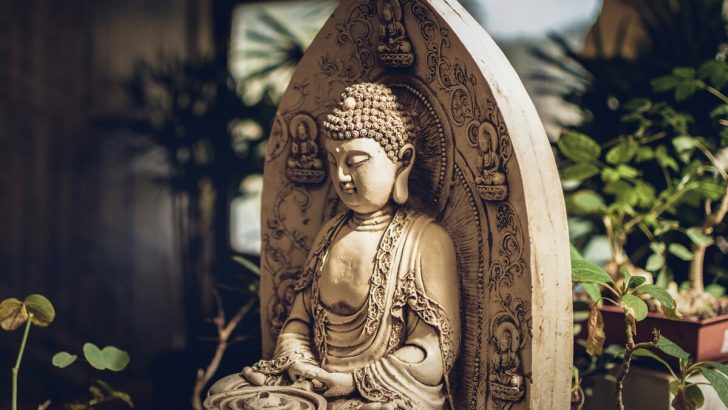Buddhism is more than just meditation and statues of a smiling guy. This ancient religion has some pretty wild secrets hiding behind its peaceful facade.
From unusual burial practices to surprising modern influences, Buddhism has evolved in ways that might shock you.
Ready to have your mind expanded faster than a monk during meditation?
1. Monks Can’t Touch Money (But They’ve Found Loopholes)
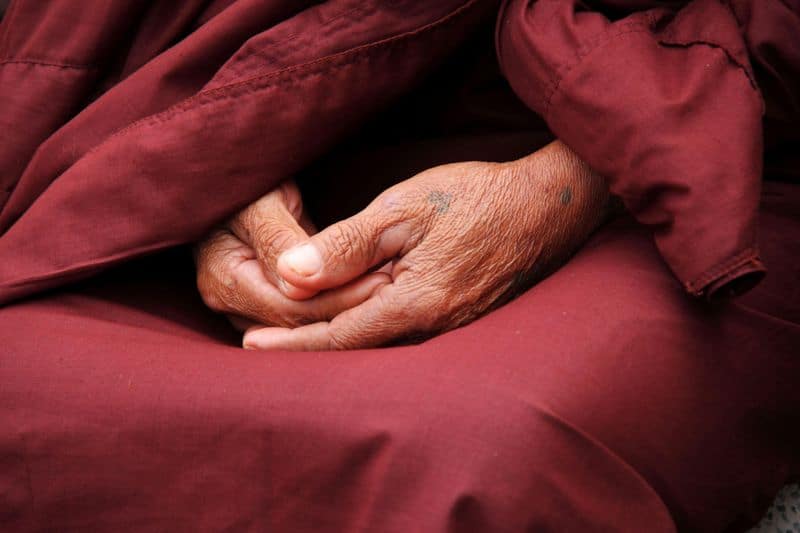
Traditional Buddhist monks follow strict rules prohibiting them from handling money. Yet in today’s world, they’ve developed clever workarounds that would make tax attorneys proud.
Some monks carry ATM cards instead of cash. Others have designated ‘money handlers’ who follow them around managing their finances. In Thailand, there’s even special monk-friendly banking where laypeople deposit money that monks can access without physically touching currency.
This financial dance happens because the original rule was meant to prevent attachment to wealth, not to make buying lunch impossible in the 21st century!
2. Buddha Wasn’t Fat (That’s Someone Else)
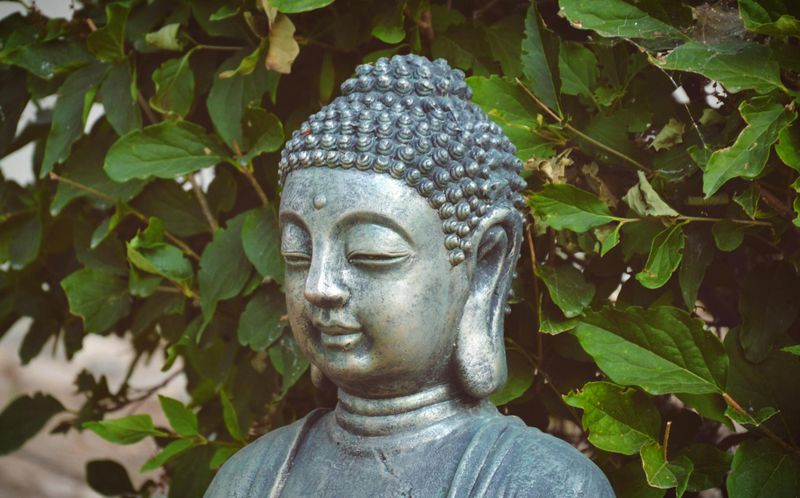
That jolly, rotund figure with the big belly you see in Chinese restaurants? Not actually Buddha! The historical Buddha, Siddhartha Gautama, was likely quite slim from his ascetic lifestyle of meditation and minimal eating.
The chubby ‘Buddha’ is actually a Chinese monk named Budai who lived around the 10th century. His large belly and sack of possessions symbolize abundance and contentment in Chinese culture.
Imagine introducing your friend as ‘Dave’ for centuries only to discover his name was actually ‘Steve.’ That’s basically what happened with Buddha’s identity in Western pop culture!
3. Buddhist Hell Is Way More Creative Than Christian Hell
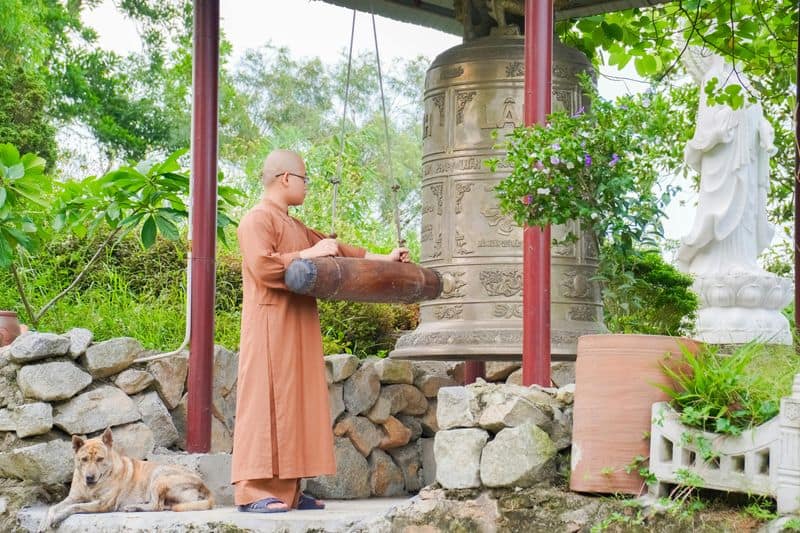
Buddhist hell realms make Dante’s Inferno look like a children’s playground. Called ‘Naraka,’ these realms feature punishments specifically tailored to your misdeeds—like having your tongue pulled out daily if you were a liar.
One hell freezes sinners until their skin cracks open, while another forces wrongdoers to climb trees covered in razor-sharp leaves. The good news? Unlike Christian hell, Buddhist hell isn’t eternal—you stay until your bad karma is exhausted.
Next time someone says Buddhism is all peace and love, remind them about the hell where birds with iron beaks peck out your eyes for coveting others’ possessions!
4. Buddhist Mummies Created Themselves (On Purpose)
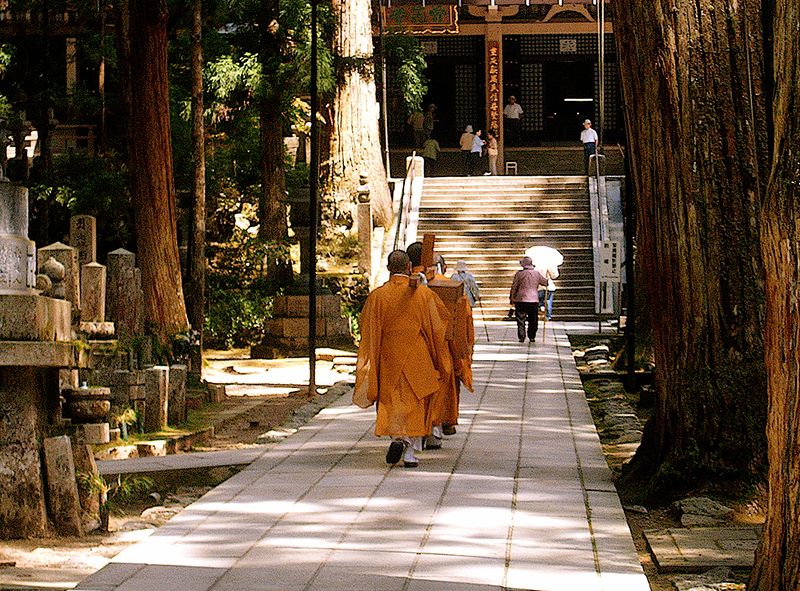
Some Japanese Buddhist monks turned themselves into mummies—while still alive! This practice, called Sokushinbutsu, involved a gruesome three-year process of starvation, dehydration, and drinking toxic lacquer tea.
First, monks spent 1,000 days eating only nuts and seeds, then 1,000 more consuming just bark and roots. Finally, they drank a special tea that caused vomiting and reduced bodily fluids.
Before death, they were sealed in a stone tomb with only a breathing tube and a bell. When the bell stopped ringing, they removed the air tube and sealed the tomb completely. Talk about extreme dedication to your spiritual practice!
5. Buddhist Scripture Is Longer Than The Bible (By A Lot)
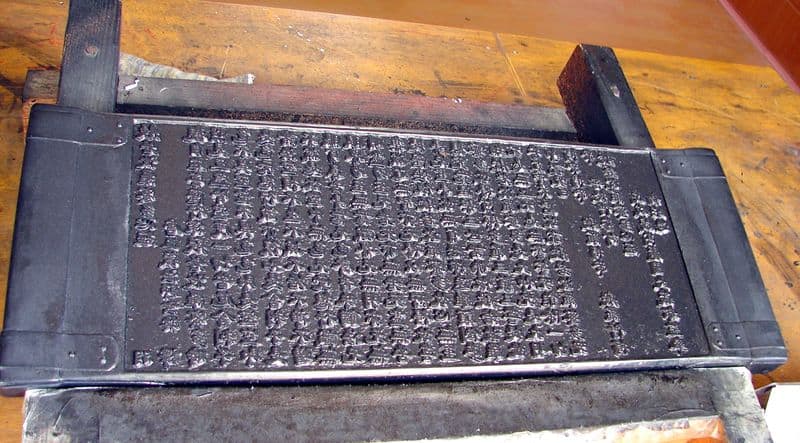
Ever tried reading the entire Bible? Cute. The complete Buddhist canon would make the Bible look like a pamphlet. The Tripitaka (Buddhist scriptures) contains over 40 million words—roughly 100 times longer than the Bible!
If you decided to read the entire Buddhist canon aloud at a normal pace without breaks for eating or sleeping, it would take you about five years to finish. Many monasteries don’t even have the complete collection because it’s so massive.
Monks in ancient times memorized these texts since printing wasn’t available. Imagine the awkward silence when someone asked, ‘Wait, what was that middle part again?’
6. Shaolin Monks Got Their Fighting Skills From India (Not China)
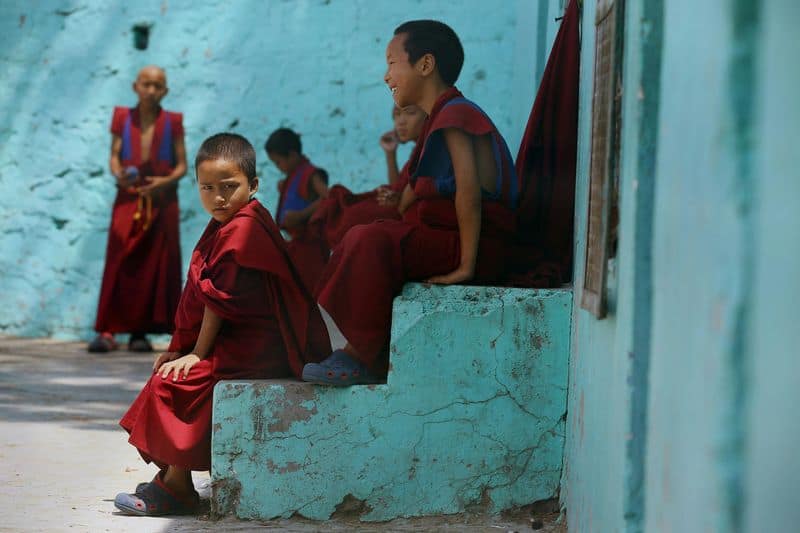
Those legendary kung fu fighting monks? Their martial arts actually originated from an Indian Buddhist monk named Bodhidharma who traveled to China around 500 CE.
Finding the Chinese monks physically weak from sitting in meditation all day, he taught them exercises based on Indian yoga and self-defense techniques. These movements evolved into what we now know as Shaolin Kung Fu.
Bodhidharma reportedly spent nine years facing a wall in meditation, which probably explains why he needed some stretching afterward.
So the next time you watch a martial arts movie featuring Shaolin monks, remember you’re actually seeing the world’s most successful cross-cultural fitness program!
7. Buddhist Temples Have Built-In Amusement Parks (Really)
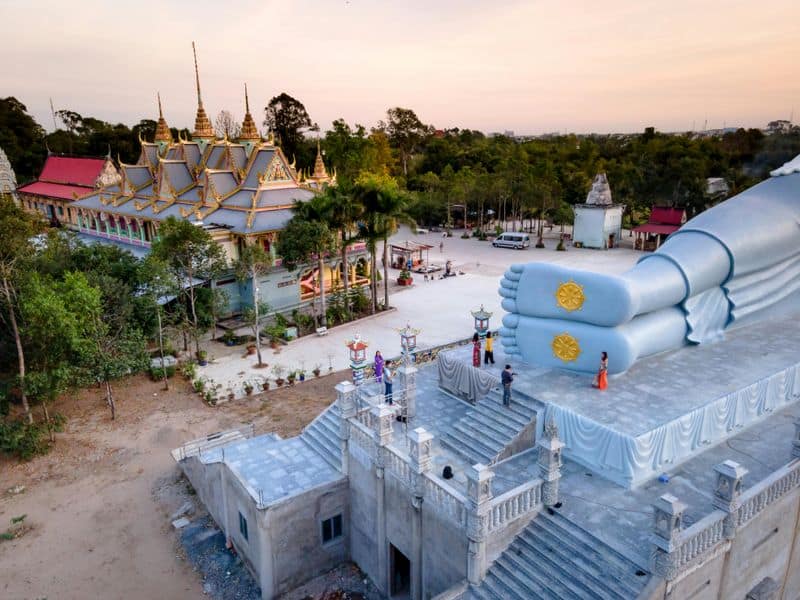
Some Buddhist temples in Asia double as religious theme parks, complete with giant statues, hell-themed haunted houses, and carnival rides.
Thailand’s Wang Saen Suk Hell Garden features grotesque statues showing sinners being punished in creative ways—think disembowelment and being boiled alive. In Vietnam, the Suoi Tien Amusement Park combines Buddhist imagery with waterslides and roller coasters.
Kids can ride dragon boats while parents contemplate impermanence at the 12-story-high golden Buddha statue nearby. Imagine explaining to your kids: ‘Yes, we’re going to learn about enlightenment, but first, let’s ride the Wheel of Reincarnation roller coaster!’
8. Steve Jobs Was Secretly (Sort Of) Buddhist

The iPhone in your pocket has Buddhist fingerprints all over it. Steve Jobs practiced Zen Buddhism for much of his adult life, even having a Zen master officiate his wedding.
He traveled to India as a young man seeking spiritual enlightenment and returned with both a shaved head and the minimalist design philosophy that would define Apple products.
Jobs’ famous minimalism, focus on simplicity, and even the white space in Apple’s designs directly reflected his Buddhist training.
He once said his meditation practice helped him develop his intuition and wisdom. That clean iPhone interface? Thank the Buddha for that!
9. Some Buddhist Monks Are Secretly Married (With Kids)
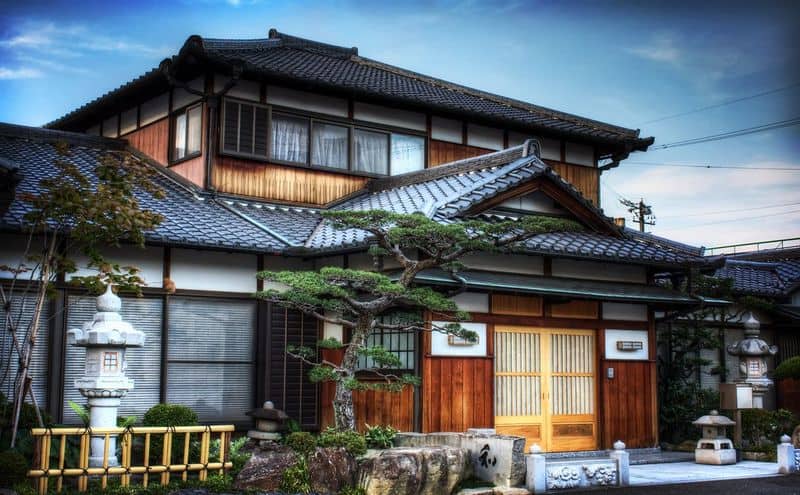
Despite vows of celibacy, Japan has a centuries-old tradition of married Buddhist priests. After government persecution in the 1800s, Japanese Buddhist sects abandoned celibacy requirements to preserve their traditions through family lineages.
Today, about 80% of Japanese Buddhist monks are married with children. Temple positions often pass from father to son like family businesses. Many priests live double lives—solemn religious leaders during ceremonies but ordinary husbands and fathers at home.
One Japanese priest joked that the hardest part of his job isn’t maintaining spiritual discipline but explaining to his teenage son why Dad wears robes to work!
10. Buddhist Temples Use QR Codes Instead of Prayer Wheels
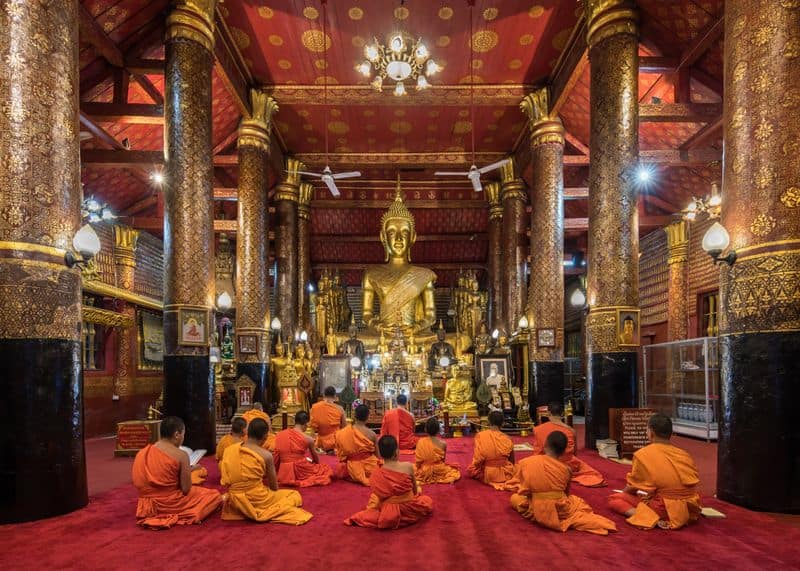
Traditional Buddhists spin prayer wheels to send mantras to heaven, but modern temples have gone digital. Some temples now offer QR codes that, when scanned, virtually spin digital prayer wheels for you—spiritual automation at its finest!
In China and Taiwan, Buddhists can make digital offerings through apps instead of burning incense. One temple in Singapore installed a robot monk that can chant sutras and answer basic questions about Buddhism.
The Buddha never specified whether enlightenment required analog methods, so tech-savvy monks figure digital merit counts just the same. After all, if your meditation app reminds you to breathe, why can’t your phone help you accumulate good karma?

